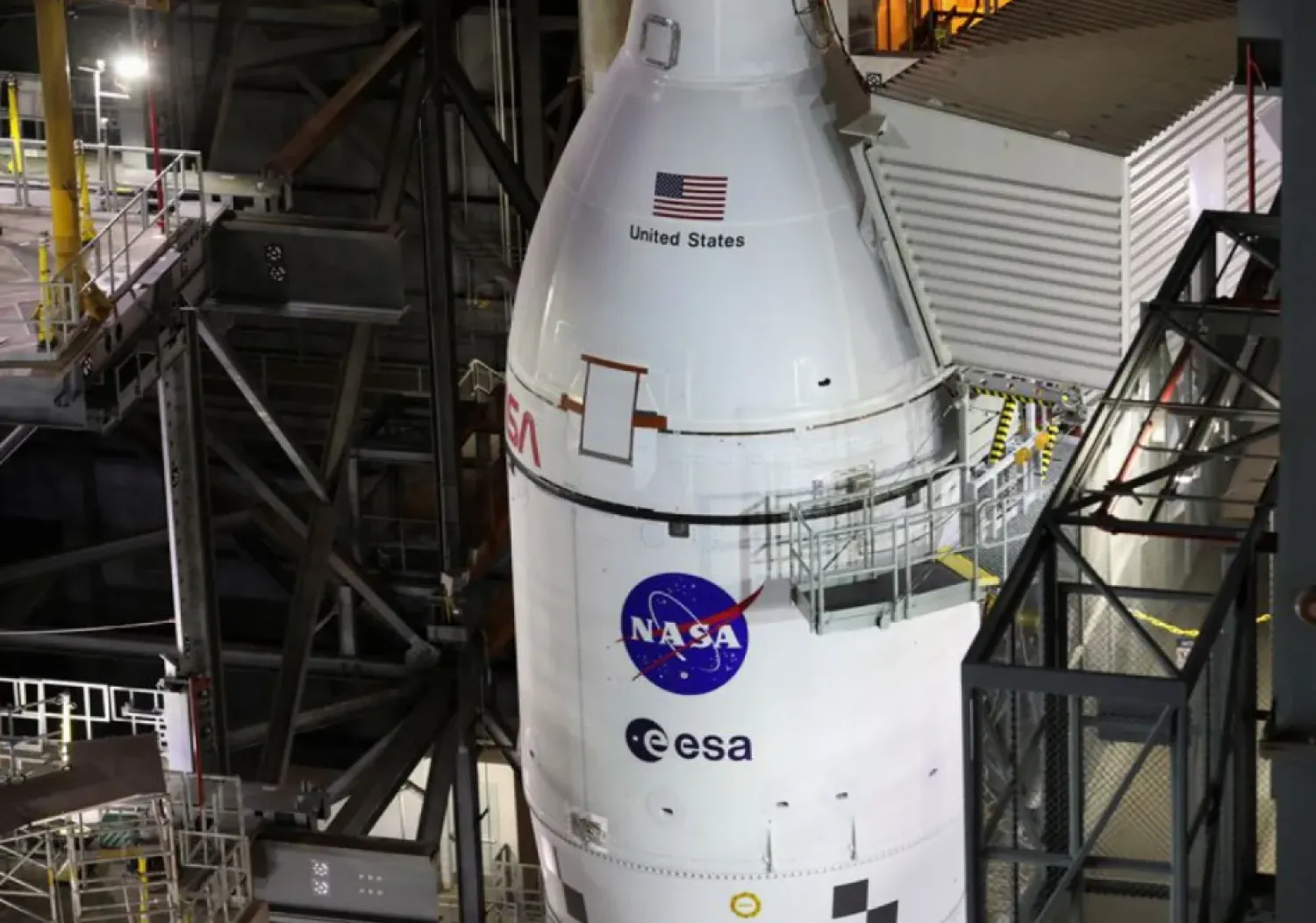The World Meteorological Organization (WMO) has commended the efforts of the National Center for Meteorology for its contribution to the preparation of the Global Climate Report 2023, noting that the center is a vital source of regional and global information and data.
The National Center for Meteorology enjoys global confidence through its multiple efforts and contributions at regional and international levels, according to SPA.
The center hosted several other regional and international centers such as the Sand and Dust Storm Warning Regional Center, recently accredited by the WMO, the Regional Center for Climate Change, the Jeddah Regional Telecommunications Center, and the Jeddah Regional Center for the Exchange of Meteorological Forecasts, which represents a point of contact between the Middle East region and the rest of the regions around the world.
WMO Praises Efforts of Saudi National Center for Meteorology
https://english.aawsat.com/varieties/4906321-wmo-praises-efforts-saudi-national-center-meteorology



WMO Praises Efforts of Saudi National Center for Meteorology


WMO Praises Efforts of Saudi National Center for Meteorology

لم تشترك بعد
انشئ حساباً خاصاً بك لتحصل على أخبار مخصصة لك ولتتمتع بخاصية حفظ المقالات وتتلقى نشراتنا البريدية المتنوعة







